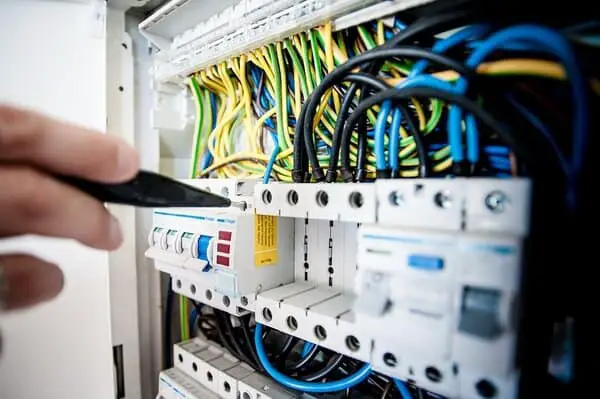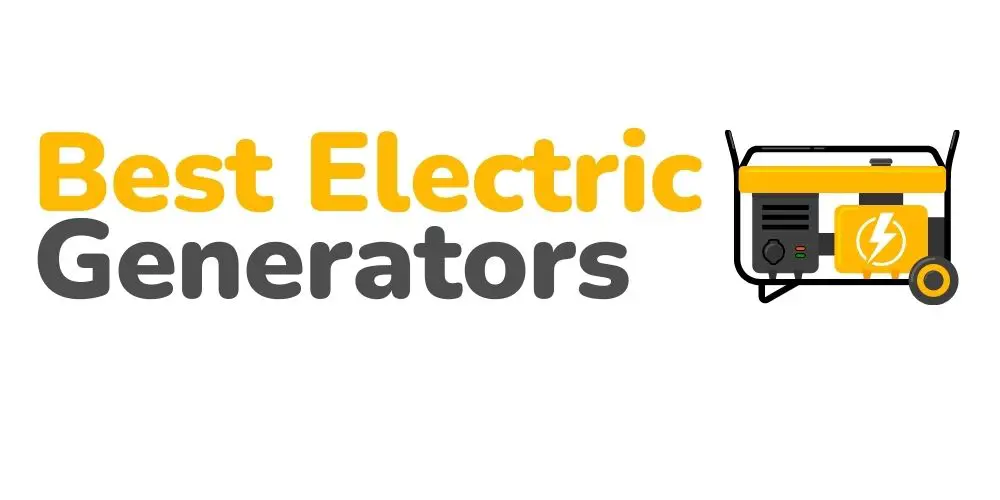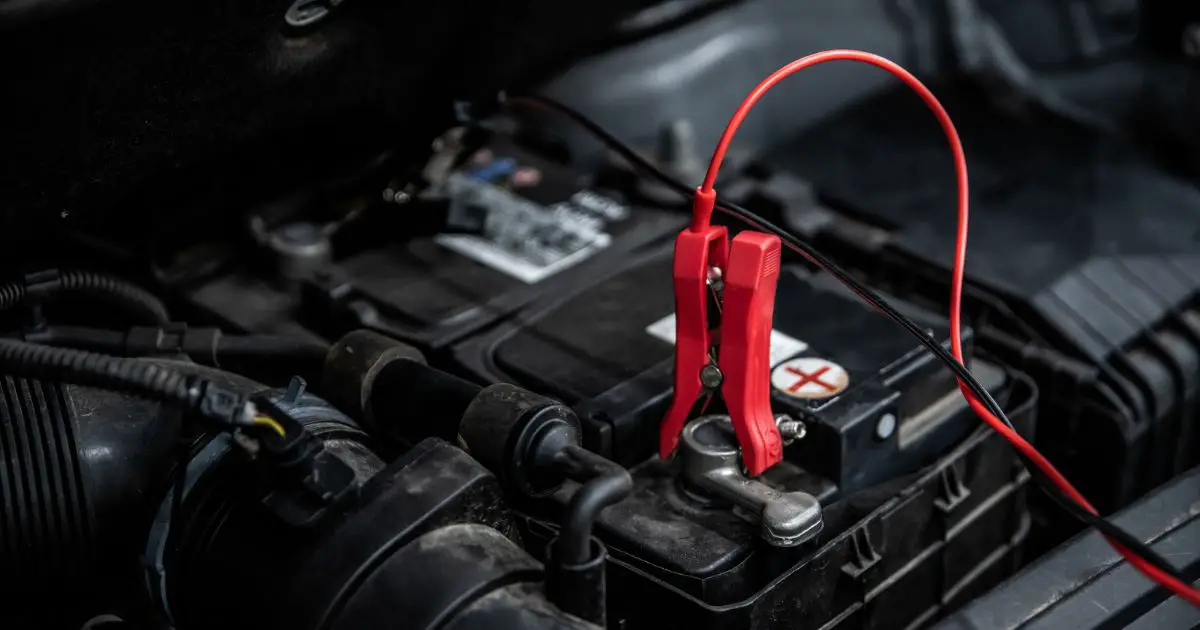
All generators rated 5000W or above need a transfer switch. It is a small board that resembles a circuit breaker panel, a bit away from the actual thing. Standby or stationary generators come with an inbuilt transfer switch that automatically turns on when the power goes out.
Portable generators tend to be in high demand during storms and even long after that. However, setting up a portable generator means bypassing all the installation procedures and tackling cords.
Using portable generators without transfer switches isn’t that safe. You are limiting the number of devices you can run with this unit. A transfer switch is essential to power a majority of appliances on your breaker panel. It includes a pump or a water heater.
How Does a Transfer Switch Work?
Connecting your portable generator directly to the service panel might result in burnt appliances. It also jeopardizes the safety of the workers at the power stations. It can lead to damage to your generator.
Therefore, a transfer switch will safely and conveniently power whatever you prefer. It can be your boiler, furnace, fridge, sump pump, or anything else. These appliances need to get power from the generator in case of an electricity outage.
With a transfer switch, there are other switches for all the circuits you need to use. You will only have to make a single connection. Plug one end into the generator while the other end into the box connected to the transfer switch.
Generators that Need a Transfer Switch
Any standby generators that are for homes and offices need a transfer switch in all scenarios. You need this additional equipment to maintain the power flow and avoid downtime.
Portable generators don’t always need a transfer switch, but installing one with them is always a good idea. Because you will be able to power your appliances with a circuit breaker panel. And you won’t need any extension cords as well.
Risks Associated with Not Using a Transfer Switch
You might have to deal with a variety of risks if you are not using a transfer switch. Not using such a piece of equipment can jeopardize your family’s overall safety and the workers.
This issue is named grid back feeding. When you are not using a transfer switch, your main power turns on with the generator. So, two different currents continue to feed your home. It causes a massive surge in the line, and the utility workers can be at risk.
The surge might also cause a fire at your property. Therefore, using a transfer switch is essential. You might not be running too many appliances on your portable generator. Still, the fire risk is always there.
You might end up frying the appliances connected with your portable generator. A transfer switch can help you deal with these necessary and avoidable costs.
Transfer Switch Types

Primarily, there are two types of transfer switches; manual and automatic. Automatic transfer switches can route the power seamlessly directly from the primary source to your backup source. This switch is always there to shift the power to your portable generator.
With a manual switch, you will have to flip the lever to make it run. In most cases, portable generators require such a transfer switch because they are not plugged in all the time. But you can go with the automatic switch and turn it on.
Are transfer switches expensive?
Transfer switch costs vary based on their type and the generator size. Manual switches are less expunged than automatic ones. Standby generators have inbuilt transfer switches, while you will need to buy a switch for your portable generator.
How can I install a transfer switch?
You might think about installing your transfer switch, but it would be better to get it done by a professional. You have to install the switch on your panel box. If you are an amateur, it might lead to certain errors. These errors might cause fires and surges. So, it’s better not to take a chance and go for professional assistance.
Do I need a permit to install a transfer switch?
Mostly, you will need a permit to install a transfer switch. But if you hire a licensed professional, he will handle this issue against some fee. If you want to get more information on your permit and its cost, you may get in touch with your local building code office.
Is there an alternative that I can go for?
Yes, there is an alternative you can go for minted if using a transfer switch. It’s an interlock device and a small connector that service panel manufacturers make. Interlock devices are specifically for an individual panel mode, but they all work in the same manner.
With this connector, you can conveniently link a portable generator to your service panel. You won’t need to go for a transfer switch. These interlock devices also eliminate any hazards associated with direct connections.
Conclusion
You might think about skipping the transfer switch when installing your portable generator. But it is mandatory to go for a transfer switch. You need it whenever you use a backup source of power.
You can either go for a manual switch or an automatic one. These switches will allow you to keep your generator, connected appliances, and your home safe. But you will also prevent back-feeding the grid and jeopardize utility workers’ safety at the power lines.

